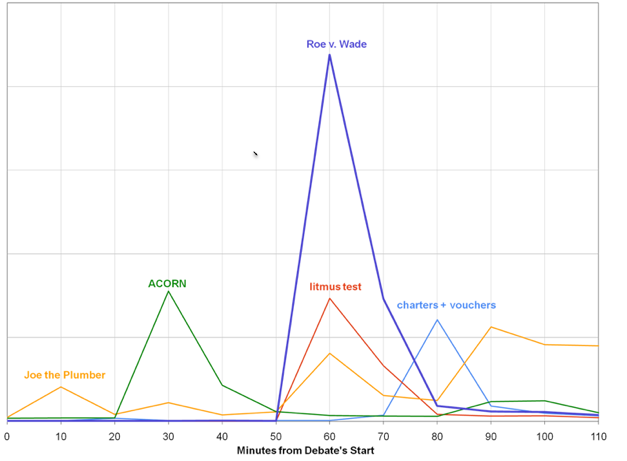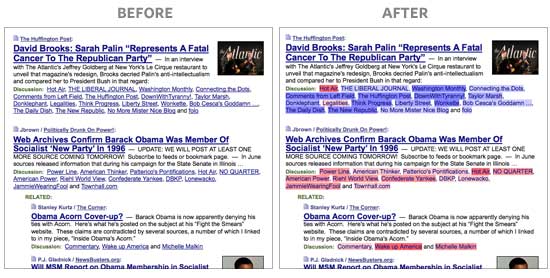Teresa Puente's bad day started when she learned that Deborah Douglas, her colleague on the Chicago Sun-Times' editorial board, and the last African-American voice on the board, had been laid off. Her day got worse when she found out that Douglas wasn't the only one to get the boot: Puente herself was out too.
With that, the five-person board was down to three, all of them white, purporting to speak for a city of almost three million, 60 percent of them people of color.
Why the cuts? Because the Sun-Times has found itself caught in the slow and painful drip-drip-drip of a newspaper on life support. It laid off 20% of its newsroom in January. It got kicked off the New York Stock Exchange in June because its stock value had fallen below a dollar (that value is now less than a dime). In the name of "innovation" it has redesigned itself so many times it's hard to recognize one month to the next. Lately, the largest item on the cover has been for a promotional sweepstakes. It's become one of those papers.
It's also been, historically, the exact kind of paper that spoke to and for the marginalized communities in the city (excluding its brief dalliance as a NewsCorp property). All the gumshoe reporter, "sticking up for the little guy" newspaper cliches apply: That was the Sun-Times. And as that little guy became not so little anymore--as the minority population in the city became the majority--the Sun-Times labored (though some would say "lumbered") to keep up.
In July 2007, editor Cheryl Reed proudly announced that the paper was "returning to our liberal, working-class roots, a position that pits us squarely opposite the Chicago Tribune--that Republican, George Bush-touting paper over on moneyed Michigan Avenue." Perhaps it's overwrought sentiment (after all, until it sold the land to Donald Trump, the Sun-Times was across the street), but it was worth saying.
But it didn't last long. The layoffs this year cut two positions from the board. Reed herself quit the Sun-Times shortly afterward, and the eight-person board had been slashed to five. And now five becomes three.
The carving up of newsrooms is not a new story--it's become so commonplace that it was written into the storyline of the last season of The Wire--but it is a big story. The blog Paper Cuts carefully tracks and maps the layoffs, buyouts, and firings that have been eating away at traditional journalism. The latest count? 11,719 jobs lost this year alone. When it happens to the auto industry, it's big news. But when it happens to the news itself, who reports it?
"I believe newspapers should be reflections of the communities we live in and write about," Puente told me earlier today. "But that's being lost in all the layoffs--there's no thought to preserving diversity."
Rick Attig, who won a Pulitzer for his editorials at the Portland Oregonian, echoes Puente's concerns: "The cutbacks in this industry are likely to follow those in most every other business, based on seniority. And you know who generally has the seniority on newspaper editorial boards."
If you don't, just look at the new makeup of the Sun-Times.
And of course, you can read that and say, "Well thank god for the internet," and you wouldn't be wrong. Online, opinions are like assholes: everyone's got one. But, says Attig, "I'd argue that there still is a place, an important place, for editorial boards that provide well-reported, well-considered local opinion writing. There are precious few institutions left that speak with a clear, strong and independent voice about the issues of the day."
In Chicago, a city that's 36% African American and 26% Latino, those issues are a reflection of the people who live there. Who's going to voice their issues now? Put a mirror up the Sun-Times, and it no longer reflects back the diversity of the city it took its name from.
For Puente, it's not about her job. She teaches journalism at a college in Chicago and the Sun-Times gig was part-time (full disclosure: I teach in the same department). But it is about "ensuring that diverse viewpoints are at the table." There's no time more important than right now to make sure that newspapers reflect the changing world around them, she says. "Look at where our nation is now--about to elect the first African-American President of the United States--and what that means for how far we've come as a society. But newspapers? They're slipping backwards."
Cross-posted with the Huffington Post


